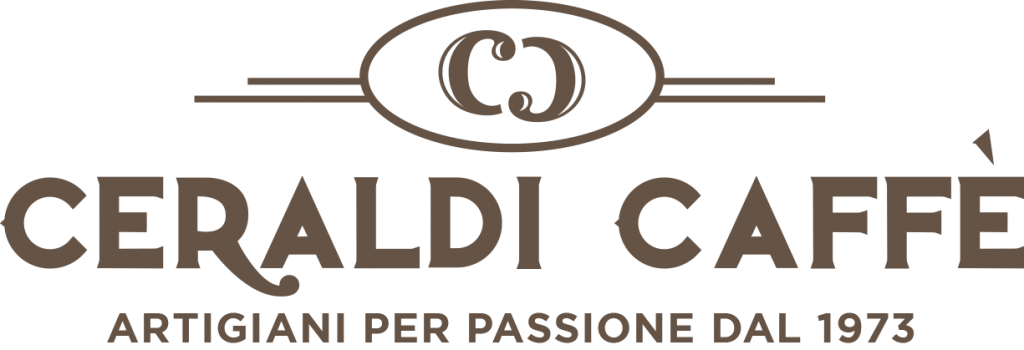Bonds are viewed as fixed income since their value is constant, notwithstanding the possibility that other components are not. Aside from its astronomical price, the bond market may be a terrific place to invest and can forecast numerous economic trends and tell us a lot about the state of a country. No, all of our programs are 100 percent online, and available to participants regardless of their location. We expect to offer our courses in additional languages in the future but, at this time, HBS Online can only be provided in English.
Solving the problem using BA II Plus Financial Calculator
The YTM reflects the going rate in the bond market for this type of bond and the bond issuer’s perceived ability to make the future payments. Hence, we base whats the difference between purchase order and purchase invoice the yield on a mutually agreeable price between seller and buyer. The bond market determines the YTM and the available supply of competing financial assets.
Student loan payment
A bond that pays a fixed coupon will see its price vary inversely with interest rates. This is because receiving a fixed interest rate, of say 5% is not very attractive if prevailing interest rates are 6%, and become even less desirable if rates can earn 7%. In order for that bond paying 5% to become equivalent to a new bond paying https://www.kelleysbookkeeping.com/ 7%, it must trade at a discounted price. Likewise, if interest rates drop to 4% or 3%, that 5% coupon becomes quite attractive and so that bond will trade at a premium to newly-issued bonds that offer a lower coupon. The clean price of a bond is the price that excludes any accrued interest since the last coupon payment.
Pricing a Bond Using a Financial Calculator
In essence, the coupon rate is the amount of interest that is paid on the bond as a proportion of its par value. Investors often speculate on the value of this type of debt and buy and trade bonds incredibly often. This is even larger than the stock market, which at the end of 2020 was valued at $93.7 trillion. These installments are paid on a fixed basis and often include only interest income, with the principal repaid upon the maturity of the bond. Bonds that are more widely traded will be more valuable than bonds that are sparsely traded. Intuitively, an investor will be wary of purchasing a bond that would be harder to sell afterward.
- According to our analysis, the bond is actually being sold at a discount.
- This is because receiving a fixed interest rate, of say 5% is not very attractive if prevailing interest rates are 6%, and become even less desirable if rates can earn 7%.
- Its value at any time in between is of no interest to you unless you want to sell it.
- A bond that issues 3% coupon payments may now be “outdated” if interest rates have increased to 5%.
The dirty price is the actual amount paid by a buyer to the seller of the bond. This makes the dirty price a more accurate reflection of the bond’s total value at any given point in time between coupon payments. Before we dive into calculating the current bond price with our bond valuation calculator, let’s take some time to talk about what a bond is. When an entity issues bonds, it is considered https://www.kelleysbookkeeping.com/generally-accepted-accounting-principles-gaap-2/ as acquiring funding from investors through issuing debt. The bond market may not be as famous as the stock market, but believe it or not, the global bond market is more than double the stock market. This present value amount will then be added to the present value of a single lump sum payment (the principal or face value) that will come to the bondholder at the end of the bond’s term (maturity).
Therefore, we need to use a calculator or spreadsheet to solve for the bond’s YTM. A hybrid debt product with elements of both equity and debt is a convertible bond. This bond allows the buyer the option to convert it into equity shares of the issuing business or the obligation to do so. For example, many callable bonds have a grace period when they are unable to be recalled. However, certain conditions must be met before the bond is recalled in other situations.
Use this calculator to value the price of bonds not traded at the coupon date. It provides the dirty price, clean price, accrued interest, and the days since the last coupon payment. The interest or coupon payments of a bond are determined by its coupon rate and are calculated by multiplying the face value of the bond by this coupon rate. We have just demonstrated how a calculator can be used to determine the YTM or interest rate of a bond. Let’s look at a few more examples that cover the most common types of bond problems.
The accrued interest differences between different day-count conventions are normally very small. In extreme cases, it can have a difference of up to 6 days of accrued interest. Please enter any four values into the fields below to calculate the remaining value of a bond.
Thus, if you know the bond’s current price and all of the future cash flows, you can find the YTM, or the return rate that the bond buyer is receiving on the funds loaned to the bond issuer. As mentioned, Excel spreadsheets are as easy and accurate as a financial calculator for determining bond rates, and we will cover these later in the chapter. Bond valuation looks at discounted cash flows at their net present value if held to maturity. Duration instead measures a bond’s price sensitivity to a 1% change in interest rates. Longer-term bonds will also have a larger number of future cash flows to discount, and so a change to the discount rate will have a greater impact on the NPV of longer-maturity bonds as well.
If a $1,000 face value bond is selling for $595, has 20 years until it matures, and has a YTM of 6.5%, what are the coupon rate and the periodic coupon payment of the bond? First, let’s work through another example of calculating a YTM, but this time with a bond that has annual interest payments instead of semiannual coupons. It is important to note, however, that even though bonds are generally thought of as safer investments, they still are subject to a number of risks. Because income from most bonds is fixed, such instruments can have their values eroded by external factors such as interest rates and inflation.
If you’re holding onto an older bond and its yield is increasing, this means the price has gone down from what you paid for it. However, you’ll still earn the coupon rate from your initial investment. If you buy a bond at issuance, the bond price is the face value of the bond, and the yield will match the coupon rate of the bond.
Add together the cash flow value and the final face value placement, and you’ve successfully calculated the value of your bond. After calculating cash flow, discount the expected cash flow to the present. Beyond these core components, features such as the issuer, call and put options, credit rating, covenants, and marketability also play important roles in a bond’s valuation.
Bond valuation includes calculating the present value of a bond’s future interest payments, also known as its cash flow, and the bond’s value upon maturity, also known as its face value or par value. Because a bond’s par value and interest payments are fixed, an investor uses bond valuation to determine what rate of return is required for a bond investment to be worthwhile. Because standard fixed-rate bonds have their coupon payments and maturity amounts locked in, they are often referred to as fixed-income investments. This is because their values are relatively straightforward to calculate.




